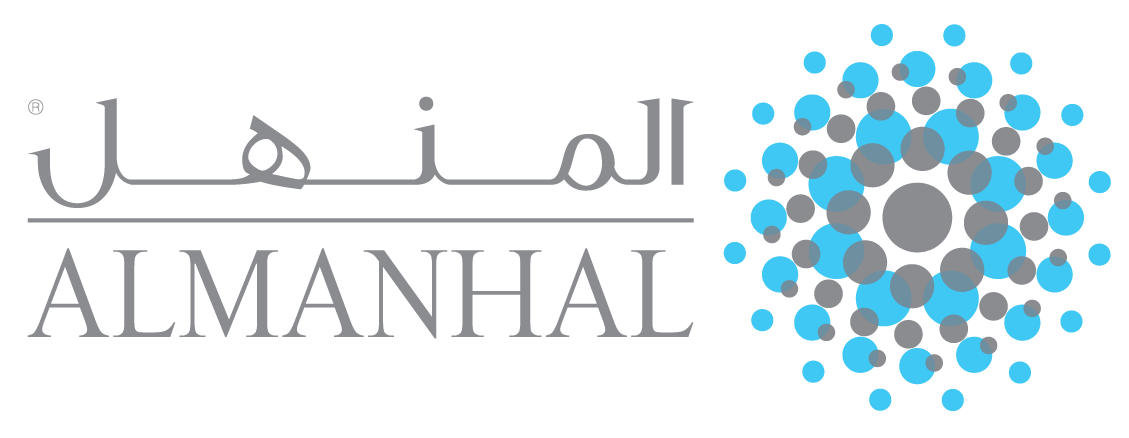Business Process Improvement of Funding: A Proposition to Increase the Performance of Indonesian Islamic Banking
DOI:
https://doi.org/10.31436/jif.v5i2.130Abstract
The aims of this research paper are to analyze the problems related to some aspects of the Indonesia Islamic Banking such as the implementation of Shari’ah principles and its value chain on the Funding of Islamic Banking, and to formulate an improvement proposal to improve the business process of third party mobilization in order to increase the performance of Islamic Banking in Indonesia. This is a combined qualitative and quantitative research. Value Stream Mapping, Business Process Re-engineering (BPR) and Analytic Network Process were used in a qualitative approach. Likert scale questionnaire was used in a quantitative approach. The results of this research involve a proposition to change the business process of funding, which was actually an outcome of business process reengineering with enablers of information technology development and adjustment of policies related with the enhancement of Islamic principles implementation and business strategy formulation. Design of BPR was able to reduce the waiting time (queue) as a waste or non value added sub process (NVA) and re-layout several necessary but non value-added sub process (NNVA). The business process changes will be effective with the two groups of enabler. The first enabler is information technology development, such as online regristation, and instalation of self service banking machine (SSBM) and/or Cash Deposit Machine (CDM). The second enabler is the policies adjustment that included the recommendations to increase Shari’ah values implementation, as well as the adjustment of strategies combined with a sequential priority of resources empowerment, product development, institutional strengthening, and increase in marketing.
Downloads
References
Ascarya. (2010). The Lack of Profit and Loss sharing Financing in Islamic Banks : Revisited. Review of Indonesian Economic and Business Studies, 1(1).
Bachruddin. (2009). Pengaruh Pembiayaan Musharakah, Mudharabah dan Komponen CAMEL terhadap risiko pada Perbankaan Syariah di Indonesia. Dissertation. Universitas Islam Indonesia. Yogyakarta.
Bank Indonesia. (2008). Peraturan Bank Indonesia No. 10/16/PBI/2008 Tentang Perubahan atas peraturan Bank Indonesia No. 9/19/PBI/2007 tentang Pelaksanaan Prinsip Syariah dalam Kegiatan Penghimpunan Dana dan Penyaluran Dana serta Pelayanan Jasa Bank Syariah.
Beik, I.S. & Aprianti, W.N. (2013). Analisis Faktor-Faktor yang Mempengaruhi Pembiayaan Bank Syariah untuk Sektor Pertanian di Indonesia. Jurnal Agro Ekonomi, Vol. 31(1), pp. 19-36.
Ben. (2011) April 23. Perbankan syariah tidak didukung SDM : Kebutuhan 40.000 orang per tahun. Kompas.
Chailis, I. (2007). Analisa Faktor-faktor yang Mempengaruhi Simpanan Pada Bank Konvensional dan Bank Syariah di Indonesia Sebelum dan Sesudah Fatwa Bunga Bank Haram. Dissertation. Program Doktor Ilmu Ekonomi – Universitas Persada Indonesia Y.A.I. Jakarta.
Davenport, T.H. & Short, J.E. (1990). The new industrial engineering: information technology and business process redesign. Sloan Management Review, Vol. 34(4), pp. 11-27.
Doomun, R. & Jungum, N.V. (2008). Business process modelling, simulation and reengineering : call centres. Business Process Management Journal, Vol. 14(6), pp. 838 – 848.
Fahmi, I. (2012). Dinamika Struktur Pasar dan Perilaku Bank Serta Dampaknya Terhadap Kinerja Industri Perbankan Syariah Indonesia. Dissertation. Sekolah Pasca Sarjana, Institiut Pertanian Bogor. Bogor
Haron, S. & Wan Azmi, W.N. (2009). Islamic Finance and Banking System: Philosophies. Principles & Practices. Malaysia: McGraw-Hill (Malaysia) Sdn. Bhd.
Hambrick, D.C. & Frederickson, W. (2005). Are you sure you have a strategy? Academy of Management Executive, Vol. 19(4), pp. 51-62.
Hammer, M. & Champy, J. (1993). Reengineering the Corporation: A Manifesto for Business Revolution. New York: Harper Business Essential.
Hasana, N. (2007). Praktek Pembiayaan Murabahah Pada Perbankan Syariah : Studi Kasus BSM dan BMI Cabang Bogor. Thesis. Sekolah Pasca Sarjana Universitas Islam Negeri Syarif Hidayatullah. Jakarta.
Havey, M. (2005). Essential Business Process Modelling. Sebastopol CA (US). O’Reilly Media Inc.
Ikatan Akuntan Indonesia. (2007). Standar Akutansi Keuangan per 1 September 2007: Kerangka Dasar Penyusunan dan Penyajian Laporan Keuangan Syariah. Jakarta: Salemba Empat.
Islam, S. & Ahmed, M.D. (2012). Business process improvement of credit card department: case study of a multinational bank. Business Process Management Journal, Vol. 18(2), pp. 284-303.
Jaklic, J. Stemberger, M.I. & Vuksic, V.B. (2006). Business Process Modelling and Management Framework. An Enterprise Odyssey – International Conference Proceedings. Zagreb. Faculty of Economics and Business, University of Zagreb.
Marimin. (2009). Teori dan Aplikasi Sistem Pakar dalam Teknologi Manajerial. Ed ke-3. Bogor (ID): IPB Press.
Mohamad, K. (2011). Lonjakan Transaksi dan Cloud Computing. Infobank, 386, pp. 54.
[OJK] Otoritas Jasa Keuangan. (2014). Statistik Perbankan Syariah Desember 2014.
Parasuraman, A. Berry, L. & Zeithaml, V. (1985). A conceptual model of SQ and its implications for future research. Journal of Marketing 49(4):41–50.
Puspito, H. (2008). Bank Syariah, Mengapa Lambat ? Infobank . Rubrik Consumer View, 351, pp. 66-67.
Sholihin, A.I. (2010). Buku Pintar Ekonomi Syariah. Jakarta : PT. Gramedia Pustaka Utama.
Sjahdeini, S.R. (2010). Perbankan Syariah : Produk-produk dan Aspek-aspek Hukumnya. Jakarta: PT. Jayakarta Agung Offset.
Vergidis, K. Tiwari, A. & Majeed, B. (2008). Business Process Analysis and Optimization : Beyond Reengineering. Journal of IEEE Transactions On Systems, Man, And Cybernetics 1-14.
Widigdo, A.M.N. Marimin. Fahmi, I. & Beik, I.S. (2016a). Business Process Reengineering on Funding of Indonesian Islamic Banking. Al-Iqtishad : Journal of Islamic Economics, Vol. 8(1), pp. 19-32.
Widigdo, A.M.N. Marimin. Fahmi, I. & Beik, I.S. (2016b). How Islamic is Islamic Banking in Indonesia. JKAU : Islamic Econ., Vol. 29(2), pp. 153-165.
Womack, J.P. & Jones, D.T. (2005). Lean Solutions, New York: Free Press.
Womack, J.P. (2006). Value stream mapping. Manufacturing Engineering Vol. 136(5), pp. 145-156.












